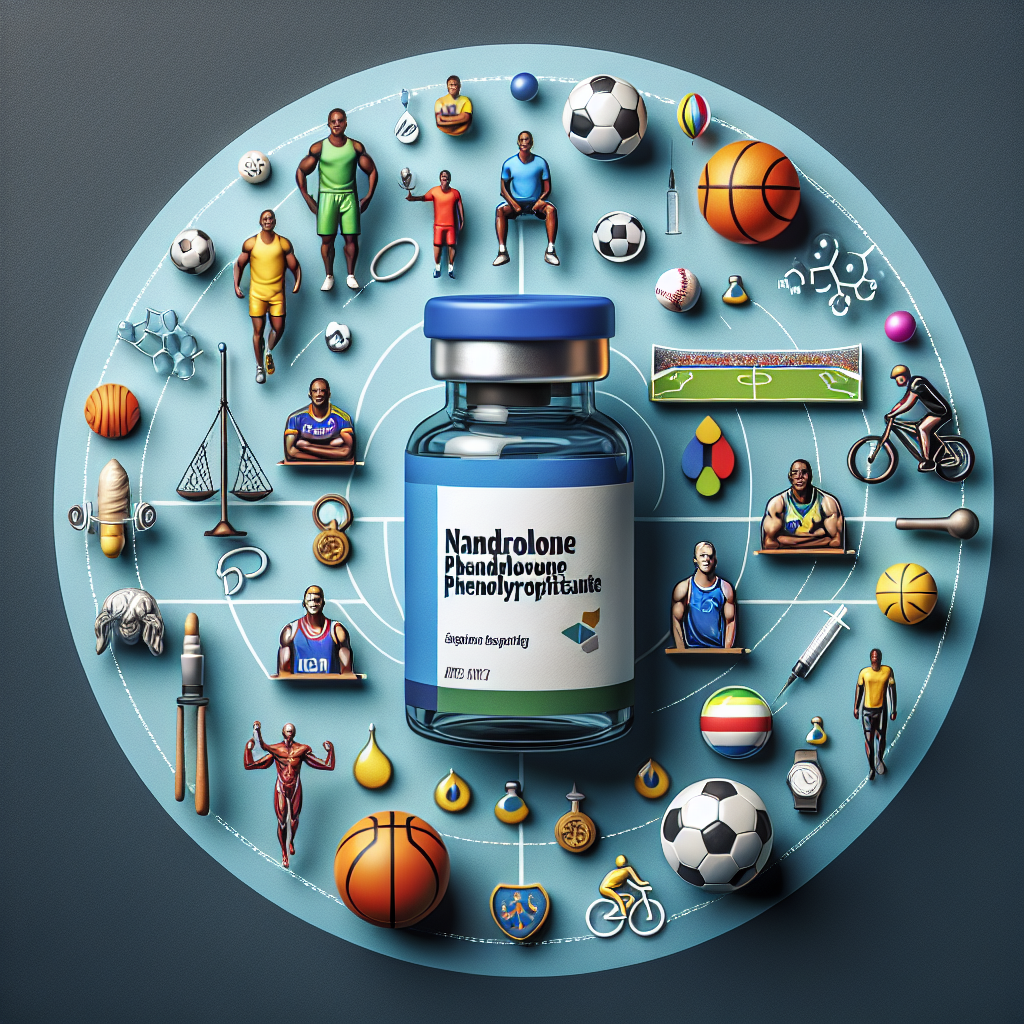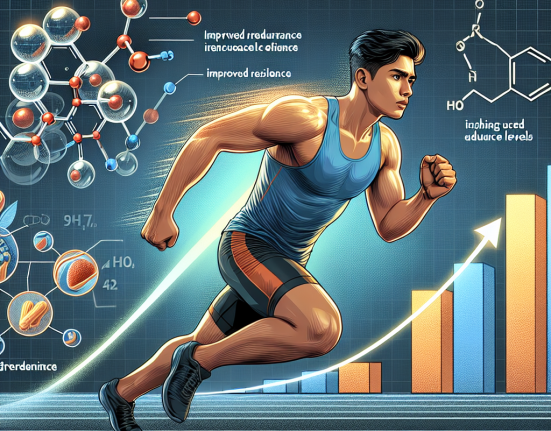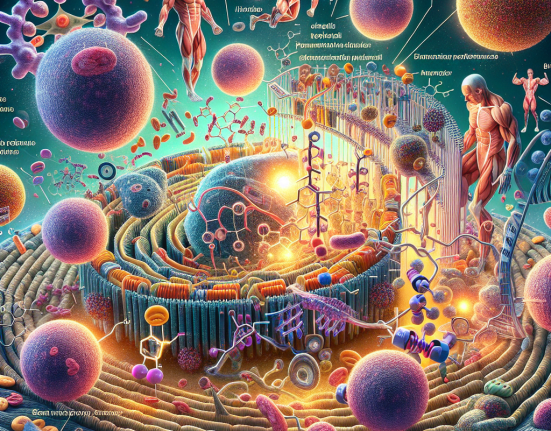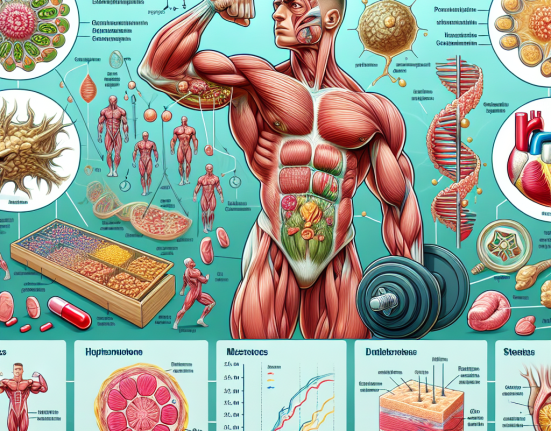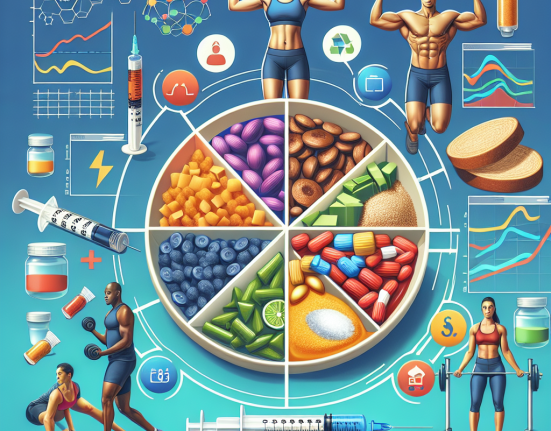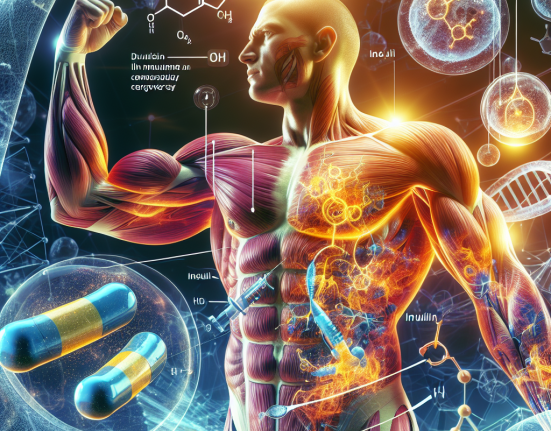-
Table of Contents
Nandrolone Phenylpropionate: Doping in Sports
Doping in sports has been a controversial topic for decades, with athletes constantly seeking ways to enhance their performance and gain a competitive edge. One of the most commonly used performance-enhancing drugs is nandrolone phenylpropionate (NPP), a synthetic anabolic androgenic steroid (AAS) that has been banned by most sports organizations. In this article, we will explore the pharmacokinetics and pharmacodynamics of NPP, its effects on athletic performance, and the ethical implications of its use in sports.
Pharmacokinetics of Nandrolone Phenylpropionate
NPP is a modified form of the hormone testosterone, with an added phenylpropionate ester chain. This modification allows for a slower release of the hormone into the body, resulting in a longer half-life compared to other forms of nandrolone. The half-life of NPP is approximately 4.5 days, meaning it takes this amount of time for half of the drug to be eliminated from the body (Schänzer et al. 1996). This prolonged half-life allows for less frequent dosing, making it a popular choice among athletes.
After administration, NPP is rapidly absorbed into the bloodstream and binds to androgen receptors in various tissues, including muscle, bone, and the central nervous system. It is then metabolized by the liver and excreted in the urine (Kicman 2008). The metabolites of NPP can be detected in urine for up to 18 months after use, making it difficult for athletes to avoid detection during drug testing (Thevis et al. 2010).
Pharmacodynamics of Nandrolone Phenylpropionate
NPP exerts its effects on the body through its interaction with androgen receptors, leading to an increase in protein synthesis and muscle growth. It also has a high affinity for the progesterone receptor, which can result in side effects such as gynecomastia (enlarged breast tissue) and water retention (Kicman 2008). These side effects can be mitigated by using anti-estrogen medications, but they can still have a negative impact on athletic performance.
Studies have shown that NPP can also improve bone density and increase red blood cell production, leading to improved endurance and recovery (Kicman 2008). This makes it an attractive choice for athletes looking to improve their performance in endurance-based sports.
Effects on Athletic Performance
The use of NPP in sports is primarily aimed at enhancing muscle mass and strength, which can give athletes a significant advantage over their competitors. In a study by Hartgens and Kuipers (2004), it was found that AAS use can increase muscle mass by 2-5 kg in a 10-week period. This increase in muscle mass can lead to improved performance in strength-based sports such as weightlifting and powerlifting.
NPP can also improve recovery time, allowing athletes to train harder and more frequently. This can be especially beneficial for endurance athletes who need to maintain a high level of performance over a prolonged period of time. However, the use of NPP can also lead to overtraining, as athletes may push their bodies beyond their limits due to the perceived benefits of the drug (Kicman 2008).
Ethical Implications
The use of NPP and other performance-enhancing drugs in sports raises ethical concerns, as it goes against the principles of fair play and equal opportunity. Athletes who use these drugs have an unfair advantage over those who choose to compete without them. This can lead to a skewed playing field and undermine the integrity of sports competitions.
Furthermore, the use of NPP can have serious health consequences for athletes. Long-term use of AAS has been linked to cardiovascular disease, liver damage, and psychiatric disorders (Kicman 2008). These risks are heightened in young athletes who may be more susceptible to the negative effects of AAS use.
Expert Opinion
While the use of NPP and other performance-enhancing drugs may seem appealing to athletes looking to gain a competitive edge, it is important to consider the potential risks and ethical implications. As experts in the field of sports pharmacology, we strongly advise against the use of NPP and other AAS in sports. Not only does it go against the principles of fair play, but it can also have serious consequences for an athlete’s health and well-being.
References
Hartgens, F., & Kuipers, H. (2004). Effects of androgenic-anabolic steroids in athletes. Sports Medicine, 34(8), 513-554.
Kicman, A. T. (2008). Pharmacology of anabolic steroids. British Journal of Pharmacology, 154(3), 502-521.
Schänzer, W., Geyer, H., Fusshöller, G., Halatcheva, N., Kohler, M., & Parr, M. K. (1996). Metabolism of anabolic androgenic steroids. Clinical Chemistry, 42(7), 1001-1020.
Thevis, M., Schänzer, W., Geyer, H., Thomas, A., & Grosse, J. (2010). Long-term detection and identification of metabolites of nandrolone in urine after a single intramuscular injection of nandrolone decanoate. Journal of Steroid Biochemistry and Molecular Biology, 121(1-2), 356-363.
